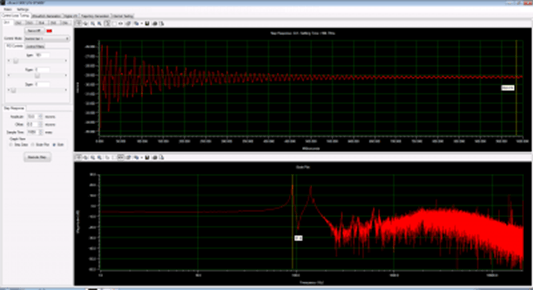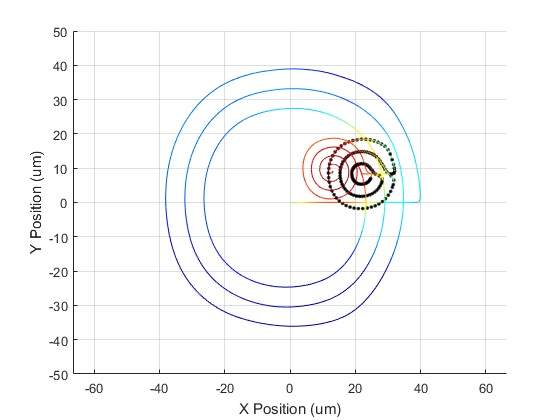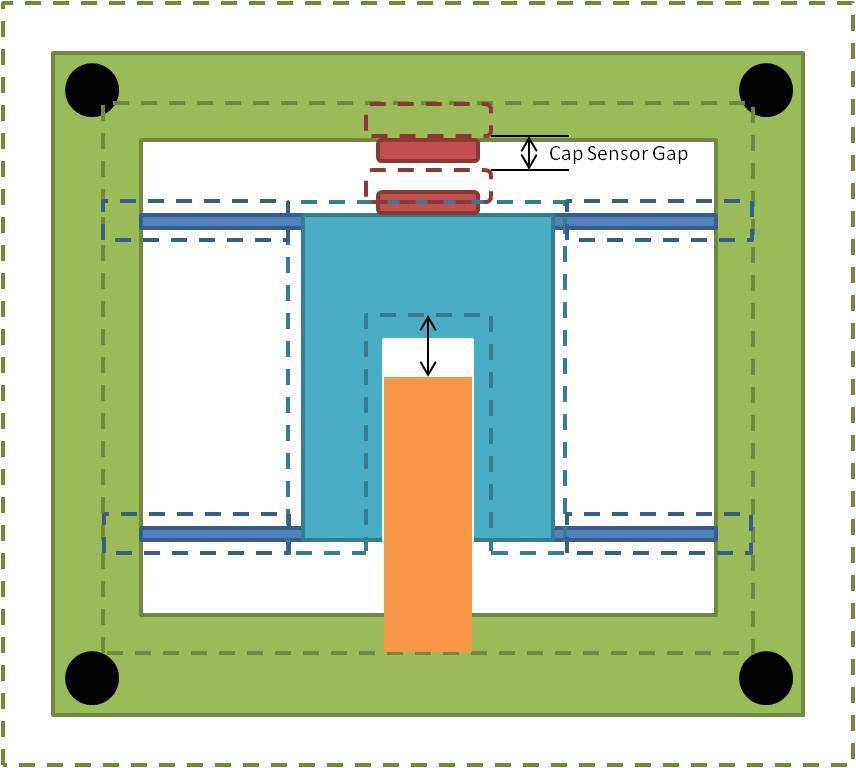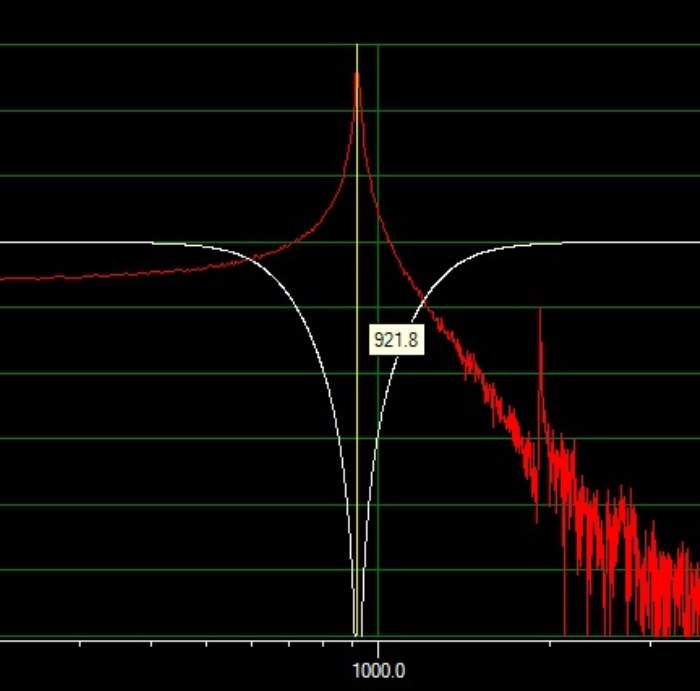
Motion Solutions Blog
Categories
- Case Studies
- Company News
- Customer Focus
- Engineering Insights
- Featured Products
- Industry Perspectives
- nPoint Blog
- Our Take
- Product Spotlight
- Uncategorized
Deciding Between Open-Loop and Closed-Loop Piezo Stages
The term “closed-loop” in nanopositioning indicates that a sensor is used to monitor the position of the stage in real-time. These readings feed back to the controller to provide error correction for the system. Closed-loop control ensures that the nanopositioner reaches the desired commanded position. nPoint uses interferometric calibration for each...
Read More about Deciding Between Open-Loop and Closed-Loop Piezo Stages
Alignment Techniques Using Piezo Stages
Piezo stages are often used to perform raster scans in alignment set-ups aimed at finding optical power peaks. Flexure-based piezo stages have the advantage of frictionless scanning which enables higher scanning speeds without wear. The nPoint LC.400 controllers and GUI offer a variety of capabilities aimed at reducing the time...
How Piezo Stages React to Temperature Variation
Qualitative analysis Flexure-based piezo stages are essentially blocks of metal with flexure patterns that create a moving platform suspended from static frame via flexures. The sketch below shows a simplified flexure stage that moves in one direction when the piezo expands or contracts. A capacitive sensor is used as the...
Read More about How Piezo Stages React to Temperature Variation
Piezo Stage Load vs. Settling Time
To maximize the capabilities of piezo stages, it is important to understand how different factors contribute to the performance of the system. For many applications, the resonant frequency and settling time of a stage are of primary interest. In this blogpost we explore how the resonant frequency and settling time...
Choosing a Controller Interface
There are several interfaces available for the LC.400 series, each providing a unique way to interact with the nPoint controllers. First we will cover the interfaces that come with every standard LC.400 series controller, and then we will describe the optional interfaces that can be added. Standard Interfaces USB Port...
Fundamentals of piezo stage design: range of motion, footprint and stiffness
Piezo stages are used in applications where high precision in motion, very fast movements (in milliseconds), or high force generation out of a small volume (kilo Newton) are necessary. High precision in motion is required in Atomic Force Microscopy, for example. TappingMode™ image of indentation patterns on Parafilm® acquired with...
Read More about Fundamentals of piezo stage design: range of motion, footprint and stiffness




